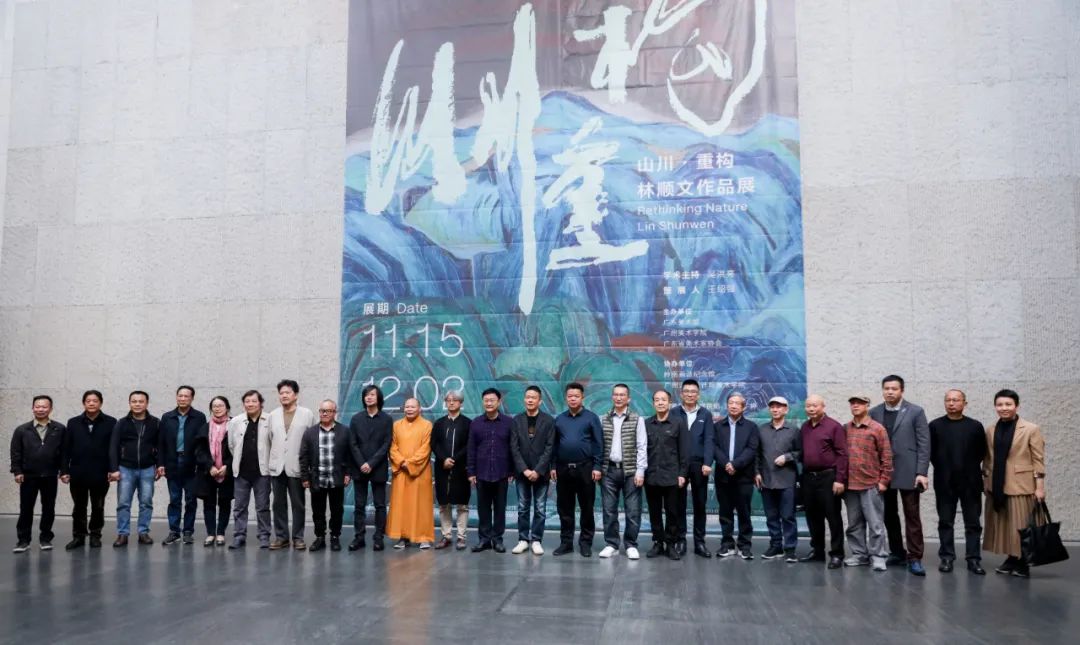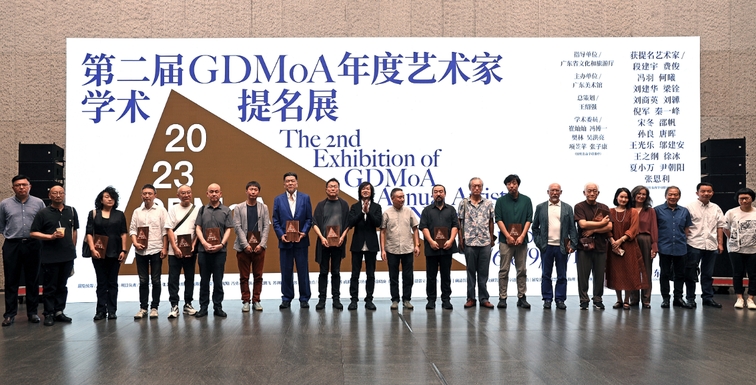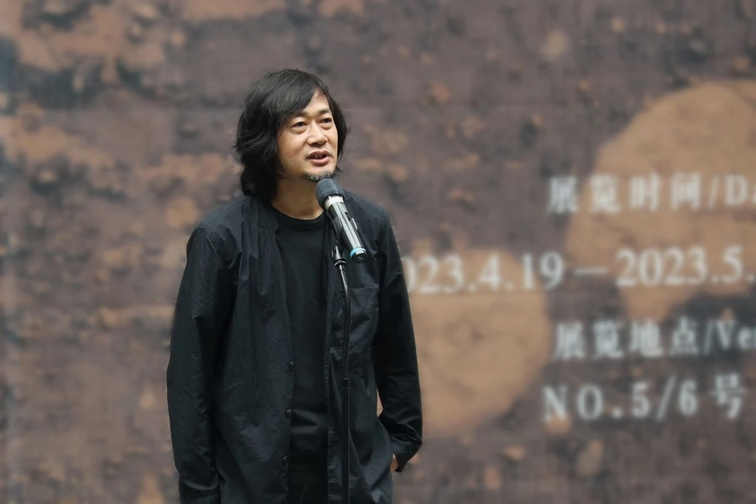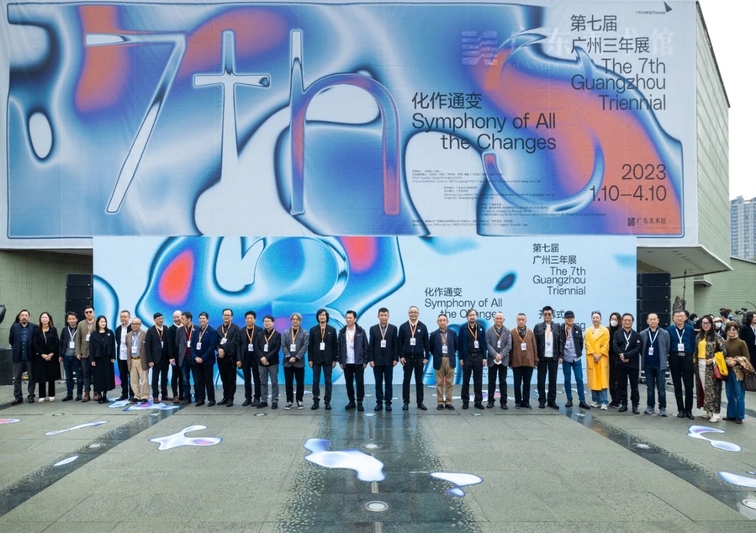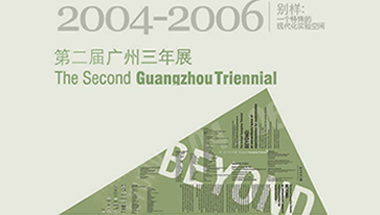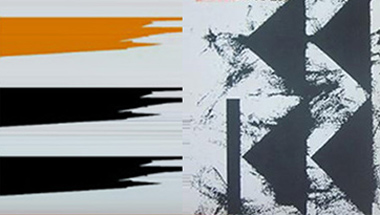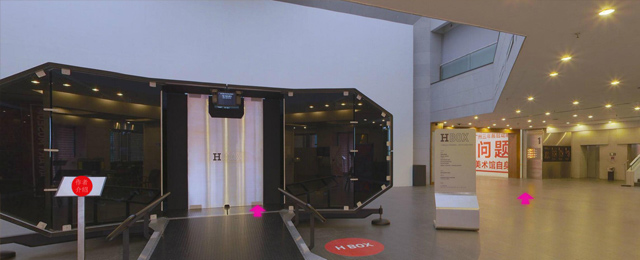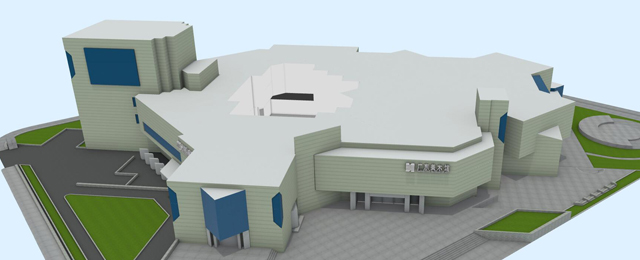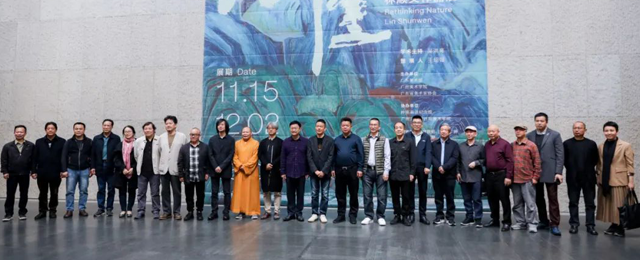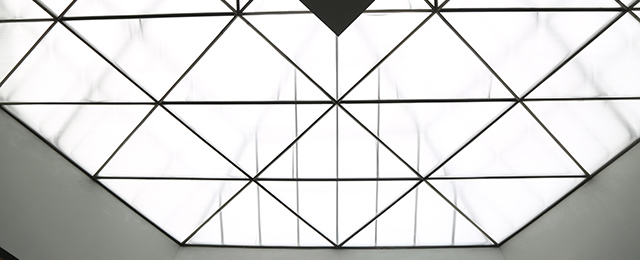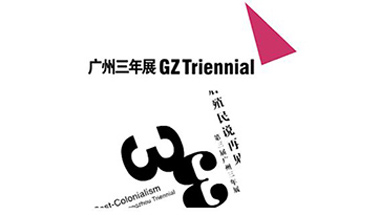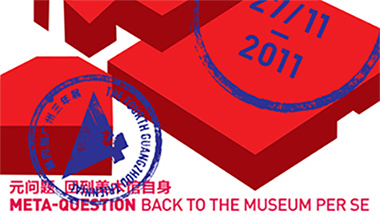The Gaze of 45 Mexican Photographers
录入时间: 2007-10-17
This exhibition is surely the largest exhibition of
Mexican Photography ever presented in China. Yet it covers only a small segment
of all the photographers that we have in our country. We made this selection of
images and photographers in this exhibition according to certain parameters. As
always, such decisions are not made easily and obviously carry the
responsibility of subjective choices.
My co-curator
Francisco Mata and myself, have attempted to provide a fairly balanced
representation according to the geographic diversity in our country, so we have
photographers who are from the north and others from the south, as well as from
the east and the western parts of the nation.
We were
careful to invite both more established as well as younger photographers, and
lastly we sought a distribution of gender as one of the more important
considerations to keep in mind. As if that was not enough of a puzzle to
resolve, we also had to deal with a diversity of content. Both more avant-garde
work as well as traditional imagery. Work whose base is solely digital, and
others whose initial life started in the analog era. Pictures that are taken
both in Mexico and China. Pictures of people at war, and social struggles and
people going about their religious beliefs. We have attempted to show Mexico’s
past and ancient historical background as well as offering a look at the
megalopolis of Mexico City with some of the problems of urban development in the
twenty first century or the jails the come along in the process of a society
trying to cope with social problems.
These are pictures
that are both informative as well as aesthetically important, they also
represent the evolution of digital technologies and thus the enormous changes
that photography has undergone all over the world.
Mexico
as you surely know, is one of those spaces on earth that are blessed with having
been a magnet for photographers ever since the invention of photography. Not
many places in the world have been as thoroughly photographed by the top
photographers in the world as has been the case of Mexico. Just as silk and tea
were some of the main attractions for merchants from all over the world, trying
to find their way to China. Mexico had it’s indigenous past as a source of
attraction for photographers from all over the world.
As
Mexico became a magnet for photographers from abroad, it also was a magnet for
our own photographers to explore some of these same subjects, only with a
different perspective in mind, one which was steeped in a closer understanding
of the local customs and culture.
I am making a point here
in not making a reference to all the great artists that came to Mexico, usually
associated with essays such as this one, because they are mostly western names,
and it is time we diversify our knowledge of photographers from other parts of
the world.
Just because in the recent past of photographic
history the power centers for photography remained in the United States, France
and England, it does not suggest that in reality the only photographers that
were either great or important came only from that region. It used to be that
for a local photographer to be recognized, it required that these traditional
power centers offer their blessing of approval. All of that is fortunately
changing. A perfect example is this new bridge between China and Mexico without
the need to go through the historic channels that would be the historic
intermediaries.
As the world has become digital, one of
the things that began taking place is that publishing was no longer left solely
to these traditional power centers of photography. Today anyone who wants to,
can publish their work over the internet and distribute it world wide. With such
an opening we are becoming increasingly aware how broad and large the base of
great photography really is. This exhibition makes that point to some degree,
the sophistication present in the work of these Mexican photographers does not
take any back-seat to photography from other parts of the
world.
Throughout Mexico, there is a saying that makes
reference to matters when they are very complex and difficult to understand,
“esto está en chino”. The transliteration of that is: “that is in Chinese”. As
part of our culture, if something is difficult to grasp we say “this is in
Chinese”.
What for me has been “in Chinese” is trying to
find a good answer to why I find China to be emotionally so close to our
“Mexican sensibility”. Both countries are of course what one considers “old
cultures”, yet our languages are worlds apart. During recent trips we made to
China, when my partner and I attempted to communicate with any Chinese people
whom we were photographing (and us not speaking Chinese) they would always
“understand our gestures” better when we spoke to them in Spanish as when we did
so in English.
Then we observed how people reacted and
went about in their daily chores in China and invariably we were very surprised
to discover over and over again, how much we could see our own culture reflected
in all that we were witnessing in China.
Of course I
appreciate the subjective nature of such an observation, but isn’t that what a
photographer brings to the encounter when visiting a distant culture? One could
also ask the argument in reverse, what happens when Chinese people come in
contact with Mexican pictures? I would hope that this personal experience of
seeing your own culture reflected in the eyes of our people, would have the same
effect as it did on my partner and me, when we visited this great country of
yours.
We certainly want to express our deep gratitude for
the invitation to present our images at this fine Museum, and only hope that the
bridge which we are building today will be used and crossed by many more
generations of photographers going in both directions.
Pedro
Meyer
开放时间:每周二至周日9:00-17:00(逢周一闭馆)
每日16:30停止入场
地址:广东省广州市越秀区二沙岛烟雨路38号
咨询电话:020-87351468
预约观展:
-
广州 影像三年展 2025 Guangzhou Image Triennial 2025 ...


